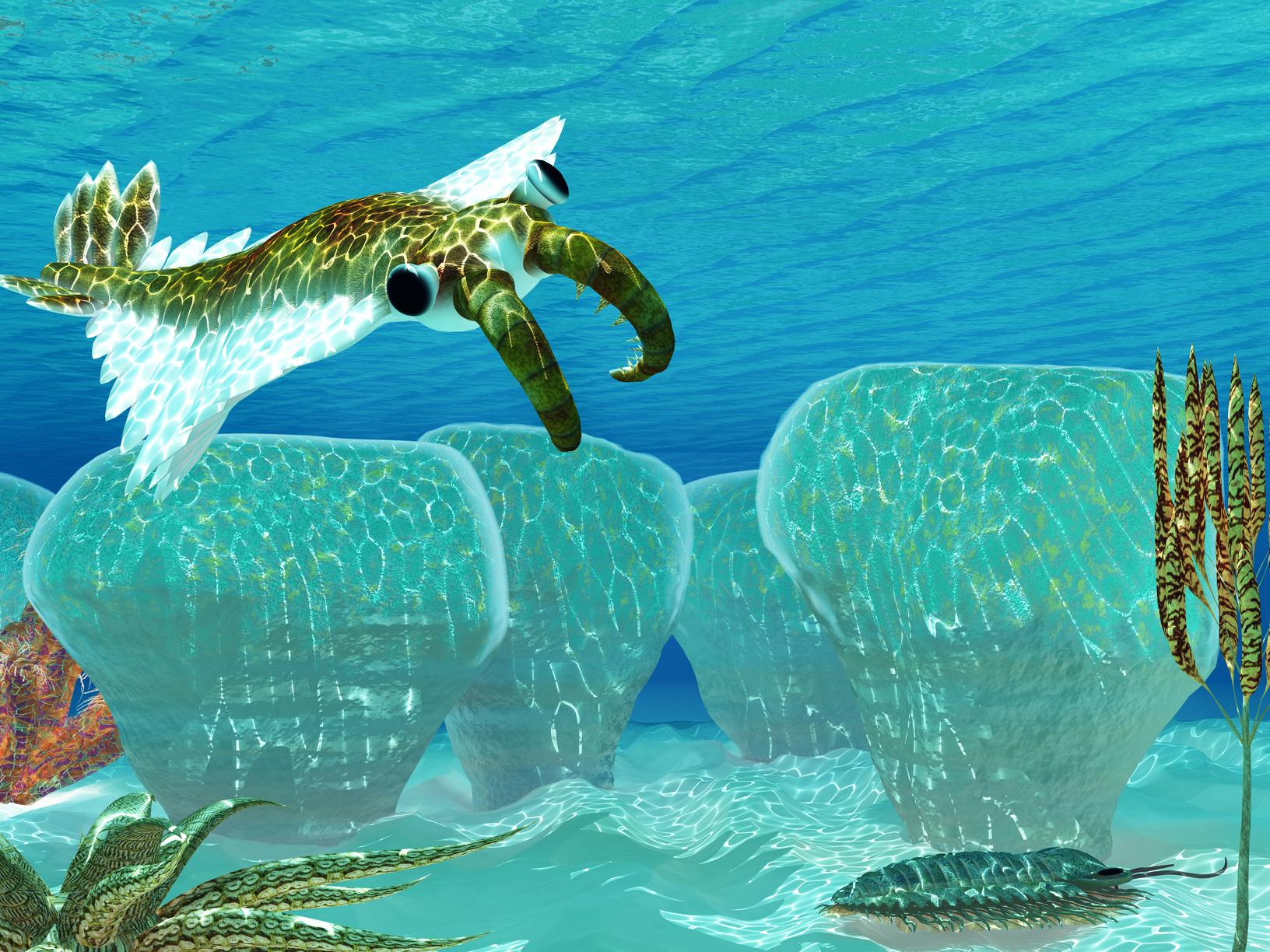Global warming drove 'explosion' of life 500 million years ago that ultimately gave rise to humans
New study reveals sea temperatures of around 25C in 'greenhouse world' that saw emergence of most modern lifeforms

Your support helps us to tell the story
From reproductive rights to climate change to Big Tech, The Independent is on the ground when the story is developing. Whether it's investigating the financials of Elon Musk's pro-Trump PAC or producing our latest documentary, 'The A Word', which shines a light on the American women fighting for reproductive rights, we know how important it is to parse out the facts from the messaging.
At such a critical moment in US history, we need reporters on the ground. Your donation allows us to keep sending journalists to speak to both sides of the story.
The Independent is trusted by Americans across the entire political spectrum. And unlike many other quality news outlets, we choose not to lock Americans out of our reporting and analysis with paywalls. We believe quality journalism should be available to everyone, paid for by those who can afford it.
Your support makes all the difference.Early life flourished in a “greenhouse world” in which there were no polar ice sheets and sea temperatures around what is now Britain rose to 25C.
The period in Earth’s history known as the “Cambrian explosion” around half a billion years ago saw a massive increase in the diversity of life.
This period saw representatives from all major animal groups emerging for the first time throughout the world’s oceans.
Notable among these were the chordates – a lineage that would ultimately give rise to vertebrates including humans.
Scientists have long suspected this was a particularly warm period in Earth’s history, but until now it has been difficult to prove.
“Because scientists cannot directly measure sea temperatures from half a billion years ago, they have to use proxy data – these are measurable quantities that respond in a predictable way to changing climate variables like temperature,” said Thomas Hearing, a PhD student at the University of Leicester who has led a study to obtain more conclusive temperature data from this period.
“In this study, we used oxygen isotope ratios, which are a commonly used palaeothermometer.”
These findings were published in the journal Science Advances.
Their data was obtained by examining tiny fossil shells, which they extracted using acid from blocks of limestone found in Shropshire. These shells are thought to be up to 515 million years old.
“Careful examination of these tiny fossils revealed that some of them have exceptionally well-preserved shell chemistry which has not changed since they grew on the Cambrian sea floor,” explained Mr Hearing.
Dr Tom Harvey, a geologist at the University of Leicester who co-authored the study, added: “Many marine animals incorporate chemical traces of seawater into their shells as they grow.
“That chemical signature is often lost over geological time, so it’s remarkable that we can identify it in such ancient fossils.”
Studying the levels of oxygen isotopes – different atomic forms of oxygen – the scientists were able to get a firm idea of exactly how hot the seas were during the Cambrian period.
Their analysis suggested that in high-latitude oceans the waters would have been up to 25C in temperature, around 5C hotter than modern temperatures.
The feasibility of these temperatures was confirmed using climate simulations, which showed Earth’s climate during the Cambrian was likely similar to that seen during other warm periods such as during the Cretaceous when dinosaurs dominated the planet.
The scientists said their research should help understand the conditions that gave rise to many of the animal forms still found on Earth today.
“We hope that this approach can be used by other researchers to build up a clearer picture of ancient climates where conventional climate proxy data are not available,” said Mr Hearing.
Join our commenting forum
Join thought-provoking conversations, follow other Independent readers and see their replies
Comments